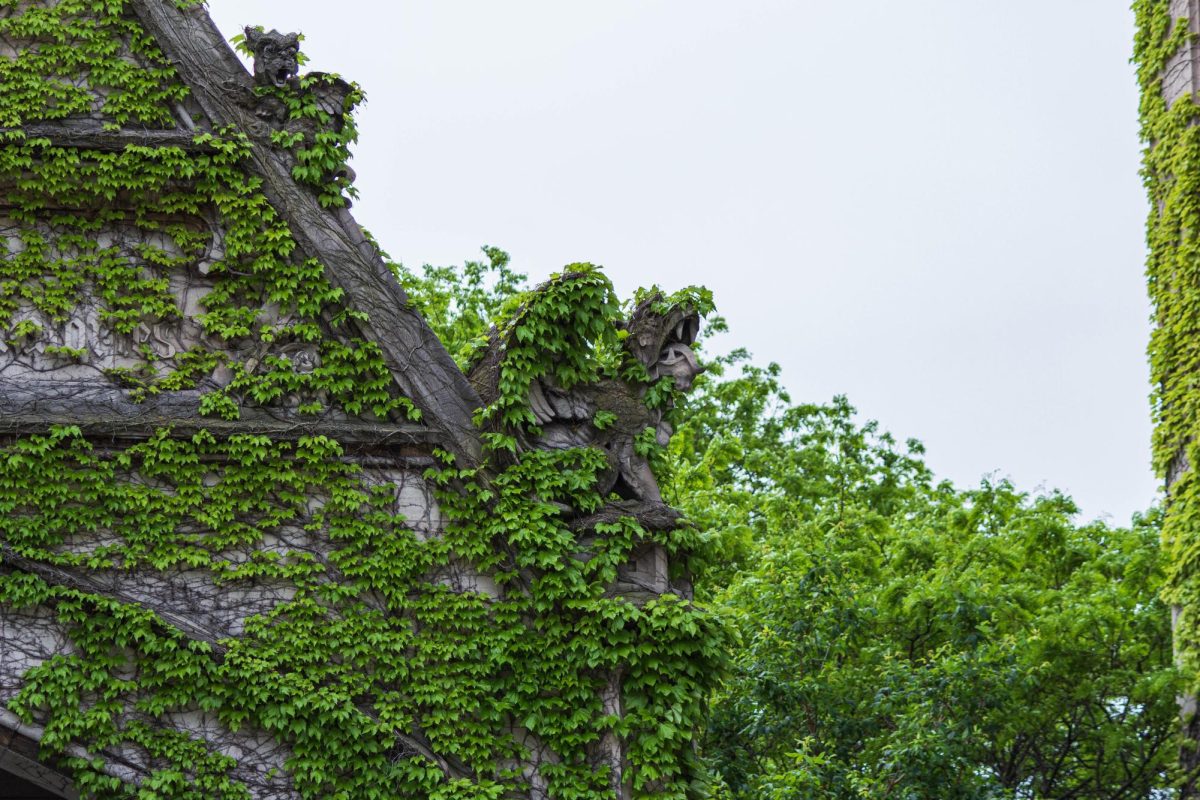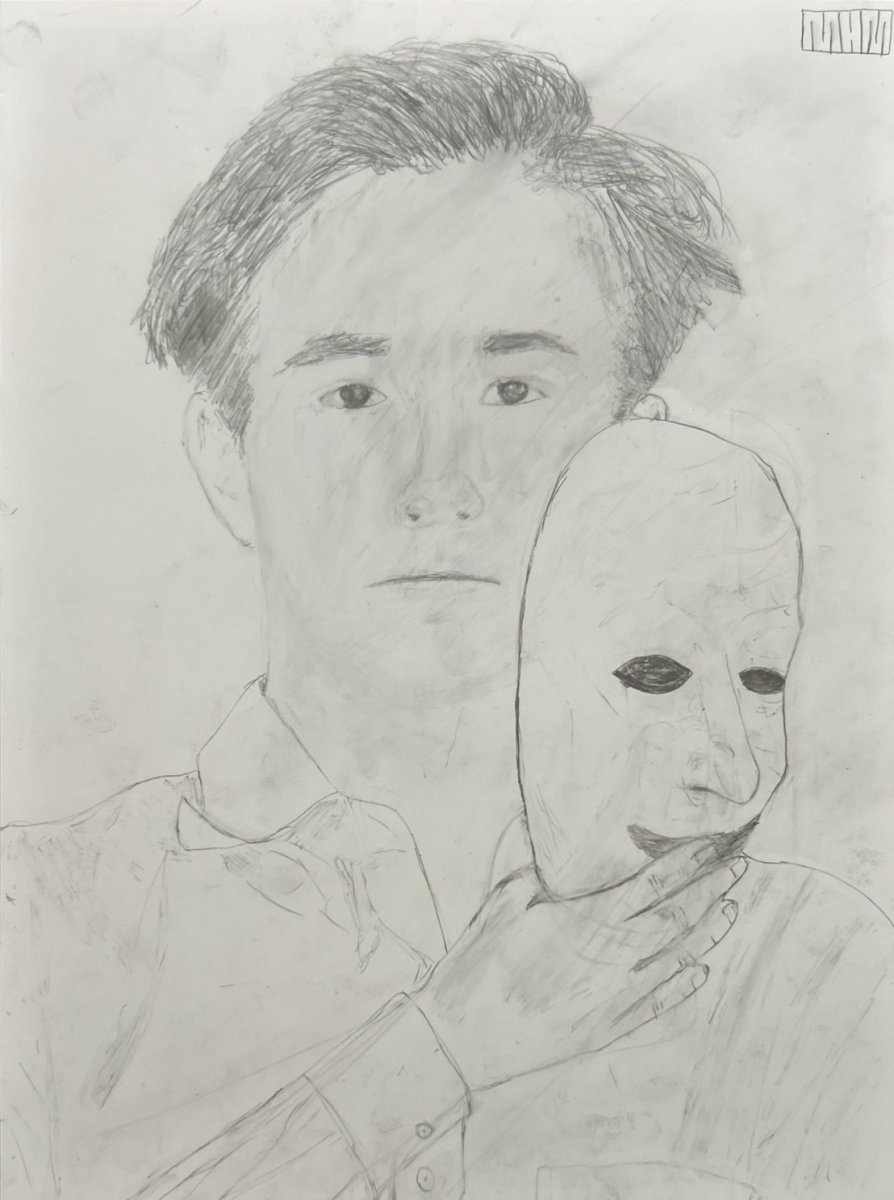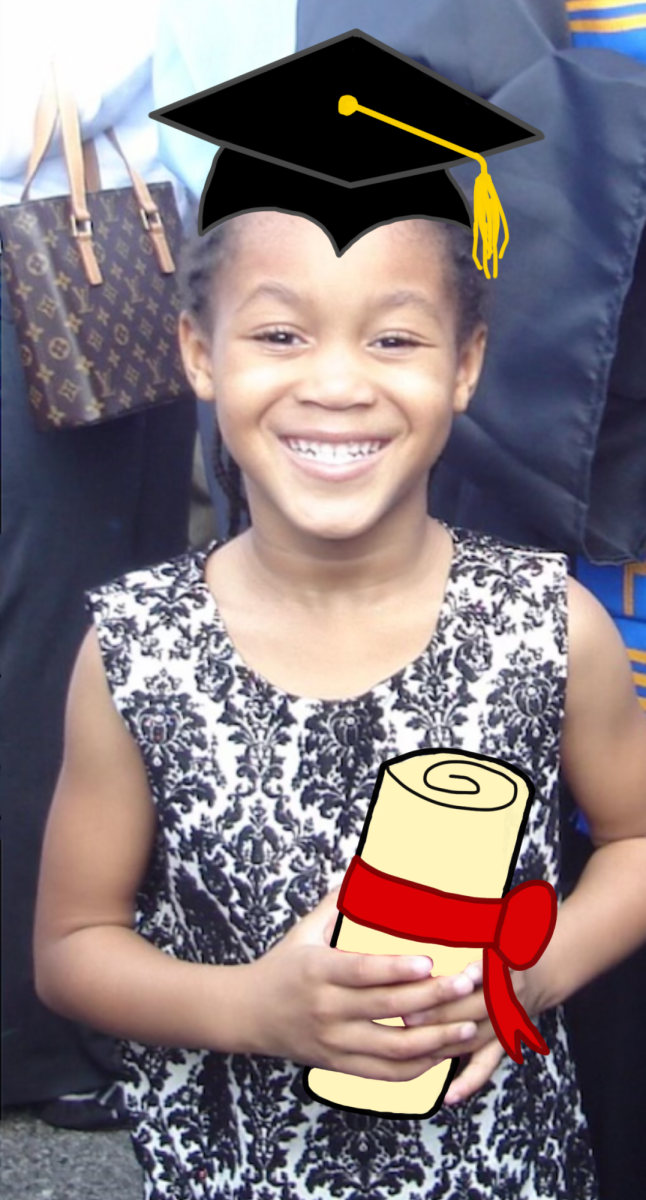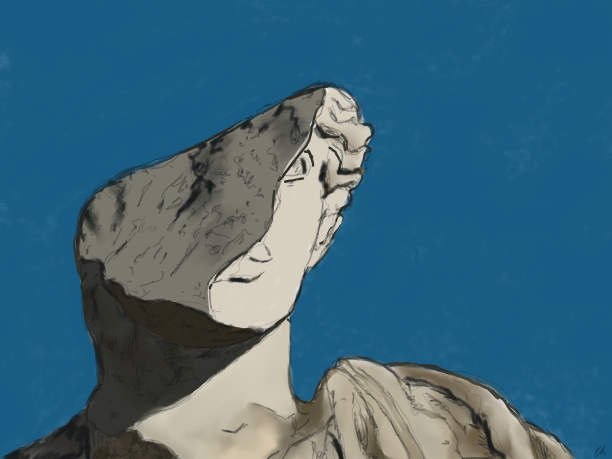For every intimidating, gray, castle-type building on the University of Chicago’s campus—there are more than a few—there always seems to be something well-placed and relatively new that adds a splash of not-Vlad’s-castle to the often dour Hyde Park landscape. Only wintry whiteness and steel gray skies can allow me to truly appreciate the colors of Max P, Ratner’s sailboat look, and the great foresight of whoever made Mansueto resemble an igloo skeleton. Even the most fervent lovers of Gothic architecture (there are bound to be some around here) must admit that the only things standing between every one of us and insanity in the depths of winter are those buildings that buck the trend at least every couple of blocks.
The ever-diversifying palette of architecture at the U of C will be rejuvenated yet again in 2015, when the new William Eckhardt Research Center is set to be completed. Frequenters of the science quad are in for a treat; computer renderings of the building make it look like everything a modern hub of scientific research should be. Straight lines, metal, and glass are well represented, while symmetry abounds. The massive building—right across the street from the equally shiny Mansueto—will accommodate research in a variety of fields and is reportedly being designed with cooperation and the interdisciplinary approach in mind.
So the Center is undoubtedly going to be a hit; everything about it makes sense. It will not only house but also draw together some of the most brilliant minds in a variety of fields, all of them striving together to take on the scientific unknown in a building whose hugely majestic, yet ordered, façade is itself a metaphor for the universe. My gross over-romanticizing aside, although the Eckhardt Center’s construction is expected to interfere somewhat with research efforts in the short-term, it is set to take scientific inquiry to a new level here upon its completion.
These benefits are not without cost, however. (When are they ever?) The Maroon reported last week that, in order to make way for the new Center, the University is set to demolish the Enrico Fermi Institute in February. The Institute—named after one of the great luminaries and pioneers of modern physics—opened soon after World War II in 1945 largely to carry on the research first brought about by the Manhattan Project. For nearly 70 years, it has been at the forefront of research in nuclear physics and a variety of allied fields.
It is sad to even conceive of the Fermi Institute, which has played host to so many great discoveries over the decades, being destroyed. The University’s association with Fermi runs deep. He did much of his most important work while a member of the U of C faculty. The famed first-ever self-sustaining nuclear reaction carried out in Chicago Pile-1 beneath the present-day Regenstein Library was his doing. To demolish his namesake Institute and replace it with a building named after a benefactor seems something of a slap in the face to Fermi’s legacy.
Sadness at this news is therefore justifiable; it was my first reaction. Eventually, though, I began to think not about the fact that so much scientific ground was broken at the Fermi Institute, but about those discoveries themselves. None of the important scientific knowledge acquired at the Institute will be lost as a result of its demolition. While it is a shame to think that the hallowed walls that housed so much discovery will be brought down, the important point is that the fruits of the Fermi Institute’s existence live on every day in the minds of many. The Eckhardt Center will surely play host to much of the same, both literally and figuratively on the foundations of the Fermi Institute.
Notice that I have yet to mention the aesthetic quality of the Fermi Institute. To be honest, considering all the good that has come out of it, I don’t particularly care. The attachment of Fermi’s name to the building already predisposes me to wax lyrical about what it saw accomplished; the fact that it’s due to be demolished merely brings that out of me. Why, then, can’t the same be true for me of any other building on campus? The work done at the Fermi Institute is by no means the only good thing to come out of this place, and hopefully it has yet to be eclipsed.
So, the next time you’re gloomily trudging across our snowy campus between shades of gray, look at the impenetrable stony buildings with X-ray vision. Don’t focus on the greyness; instead, allow the greatness each building once contained to color it. Maybe then the winter doldrums won’t be so bad. Though the Eckhardt Center will certainly be easy on the eyes, and that’s always more than welcome, the true value of the various and sundry buildings dotted across our campus—Gothic or not—lies inside them, consisting in the ideas and people that make the buildings and this university so great. A few hundred years from now, when it comes time to replace the Eckhardt Center with a new, even more awe-inspiring structure as yet inconceivable to us, I can only hope people will come to the same conclusions I have.
Ajay Batra is a first-year in the College.







